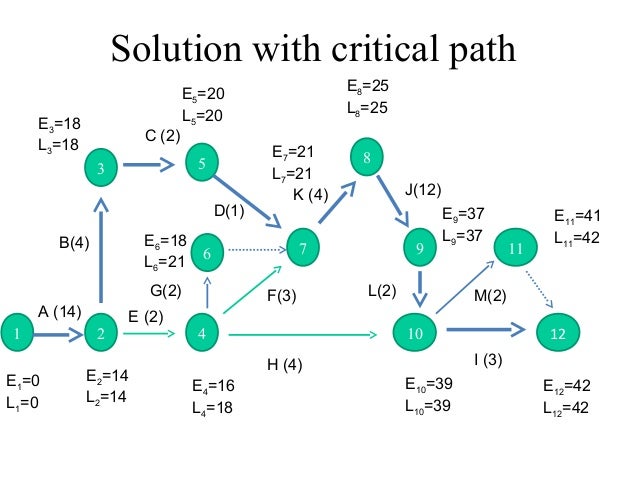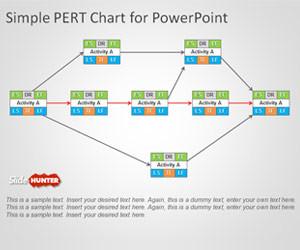Program Critical Path Method
All project managers have their best practices and management methods, own secrets and tricks. They try to improve their processes for effective results using intuition, skills and experience, powerful tools and famous techniques.How can a critical path help in project management?

Critical Path Definition
Use this guide to understand the critical path method (CPM) to help manage. PERT stands for Program Evaluation Review Technique, and it's surprisingly. Visualization and geographic relationships are two of the key advantages of using the Critical Path Method to map all essential and dependent.
Critical Path Method is used when you have a definitive time estimate, while in PERT there is no certainty in time estimate; In the CPM diagram, activity is shown on the node, while in the PERT Diagram, activity is shown on the arrow, and nodes represent the milestones. 48 thoughts on “PERT – Program Evaluation and Review Technique”.


Critical Path Method Java Program
Actually, what does it mean? What is so special about it? Critical Path in Project ManagementA critical path in project management is certain tasks that need to be performed in a clear order and for a certain period.If part of one task can be slowed down or postponed for a term without leaving work on others, then such a task is not critical. German torrent sites. While tasks with a critical value cannot be delayed during the implementation of the project and are limited in time.Critical Path Method (CPM) is an algorithm for planning, managing and analyzing the timing of a project.
The step-by-step CPM system helps to identify critical and non-critical tasks from projects' start to completion and prevents temporary risks.Critical tasks have a zero run-time reserve. If the duration of these tasks changes, the terms of the entire project will be 'shifted.' That is why critical tasks in project management require special control and timely detection of risks. CPM: What Are the Roots?The method was developed by one of the American companies in 1957. Its employees planned to close, repair and restart chemical plants. The tasks in this project were numerous and complex; that's why they required such a method.
After that, Critical Path Method was quickly spread to agricultural and construction projects where people wanted to learn.